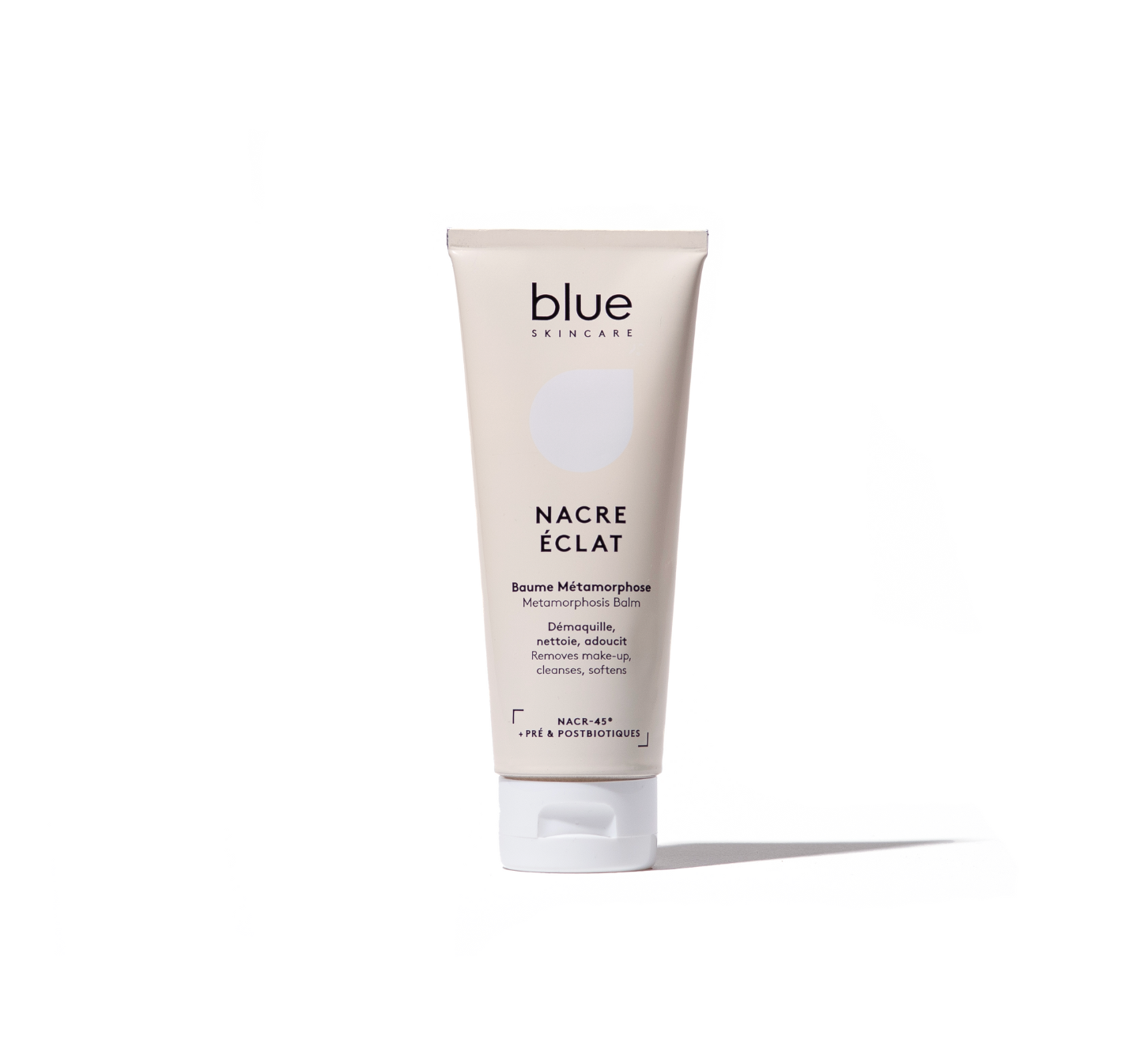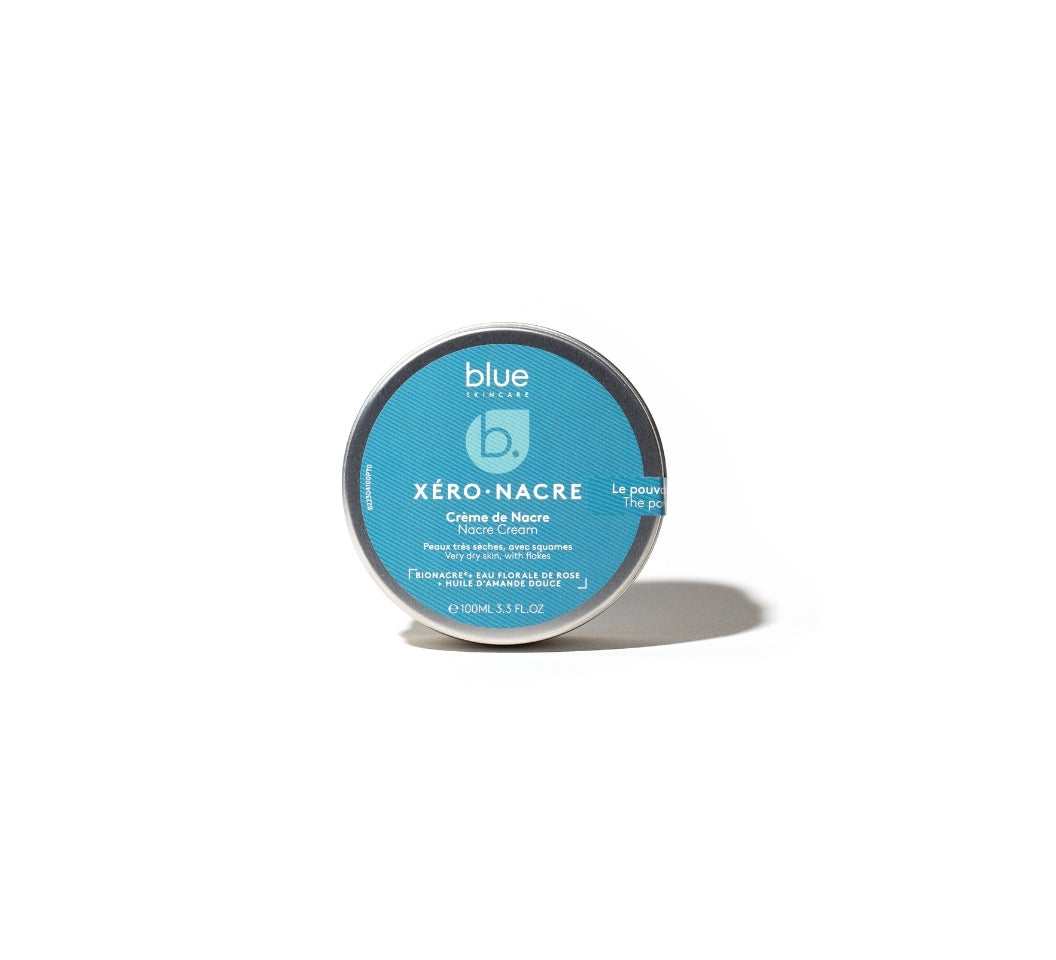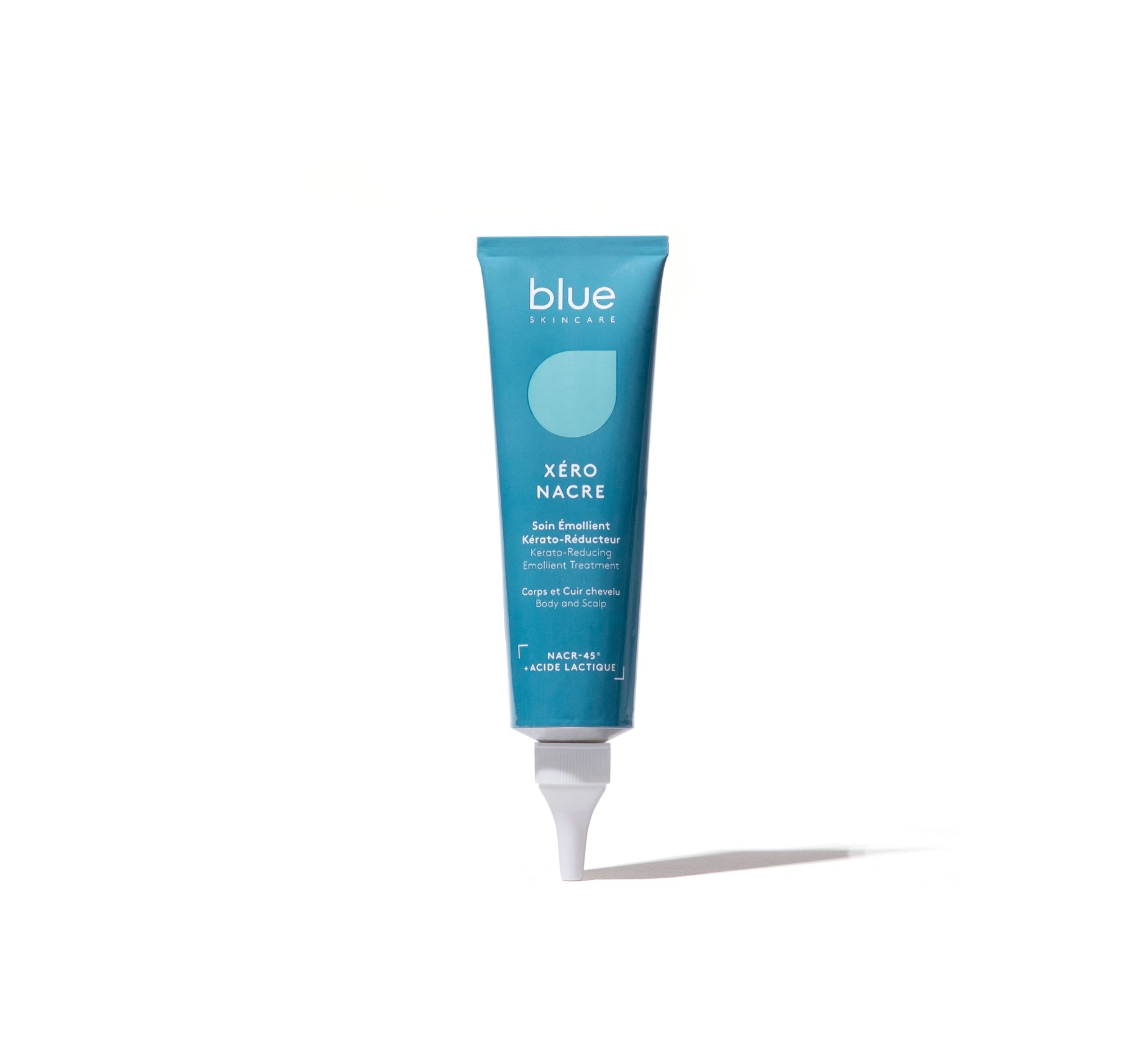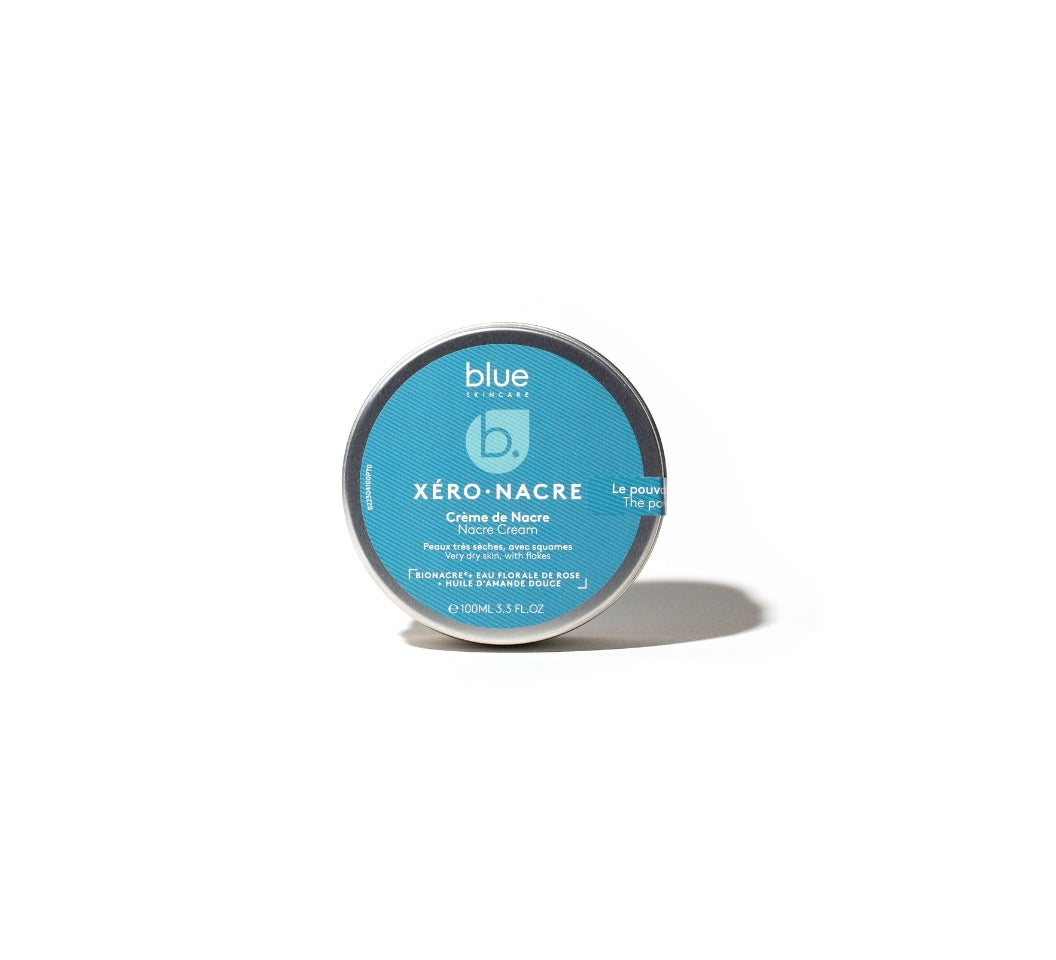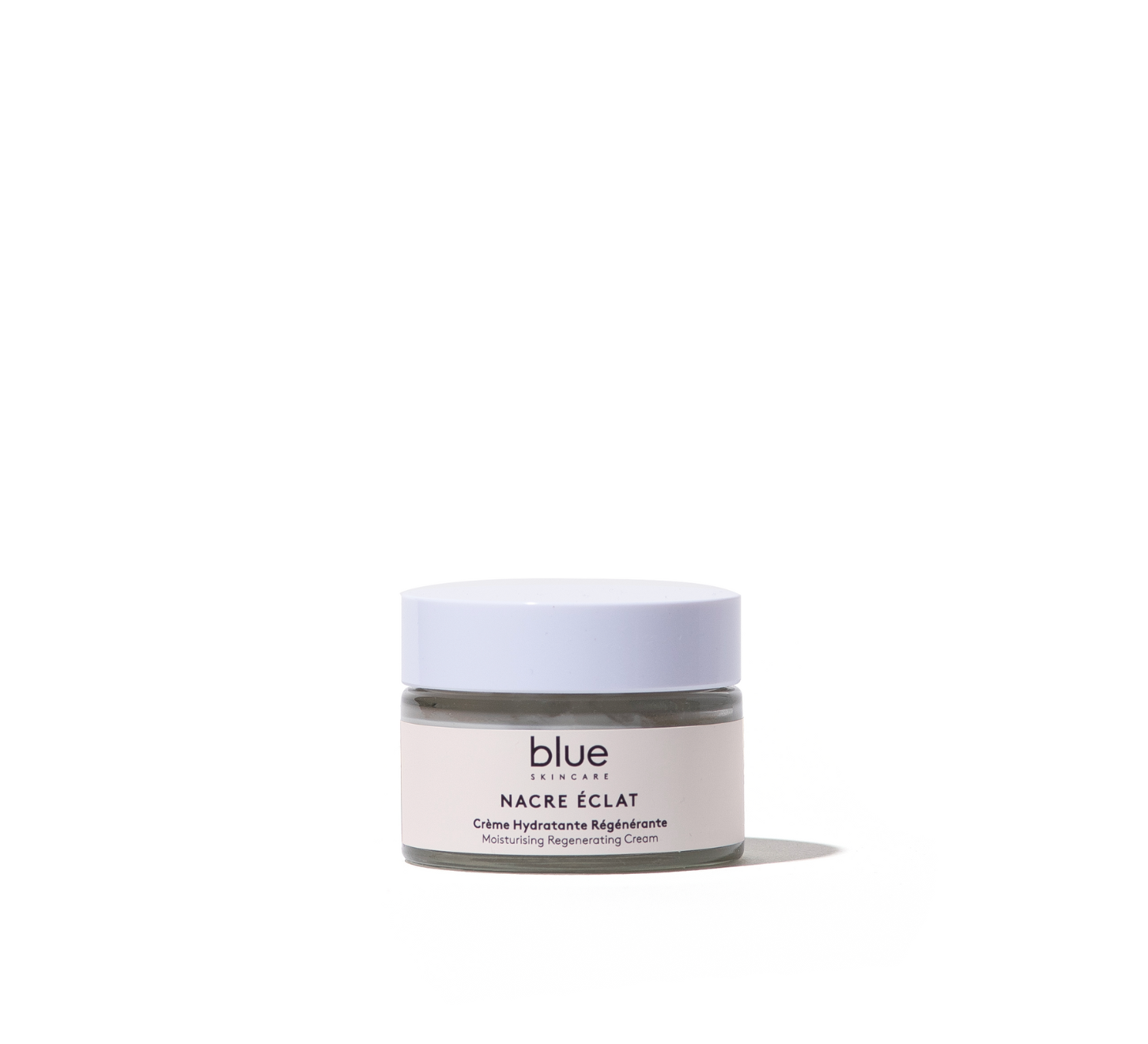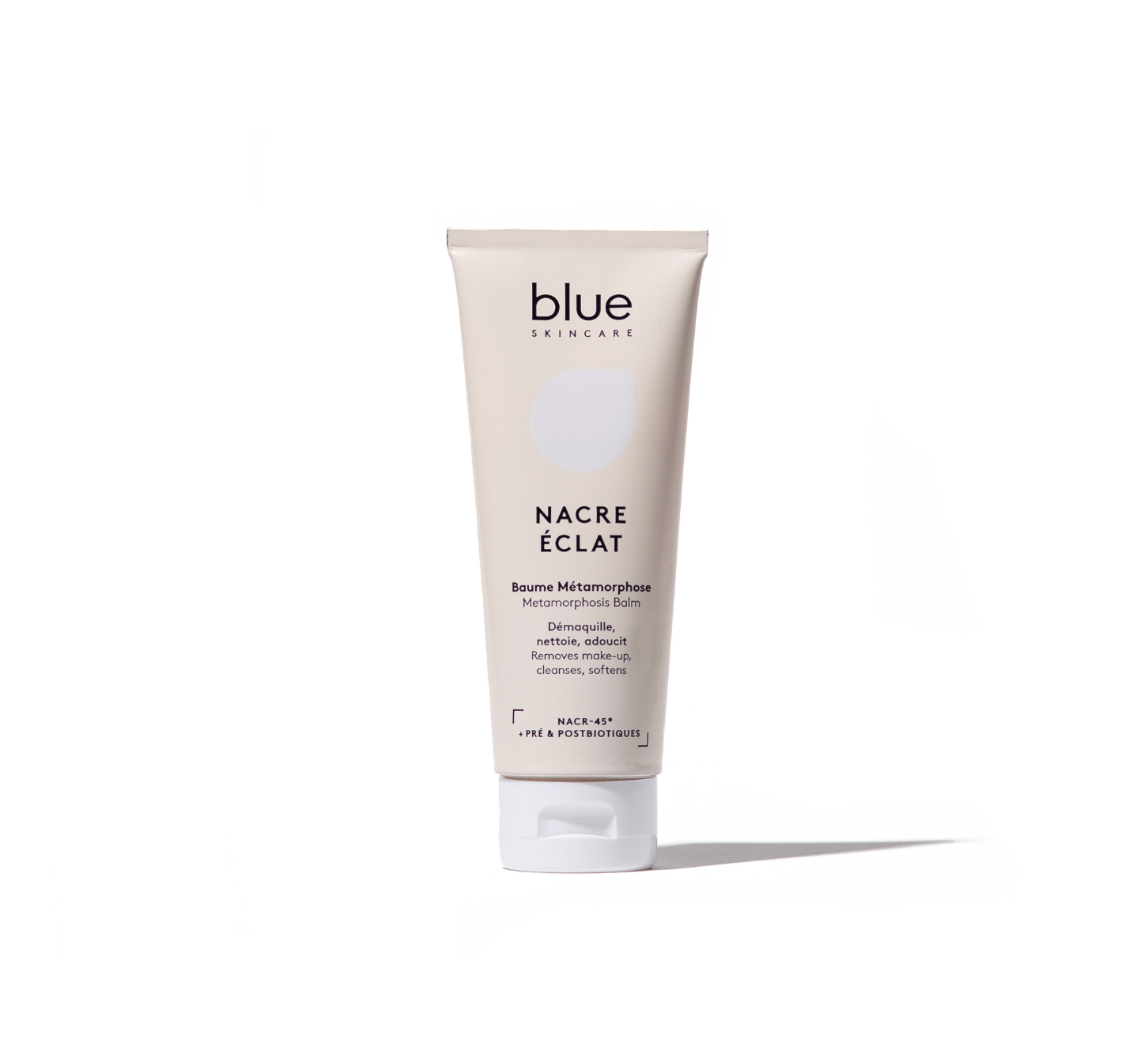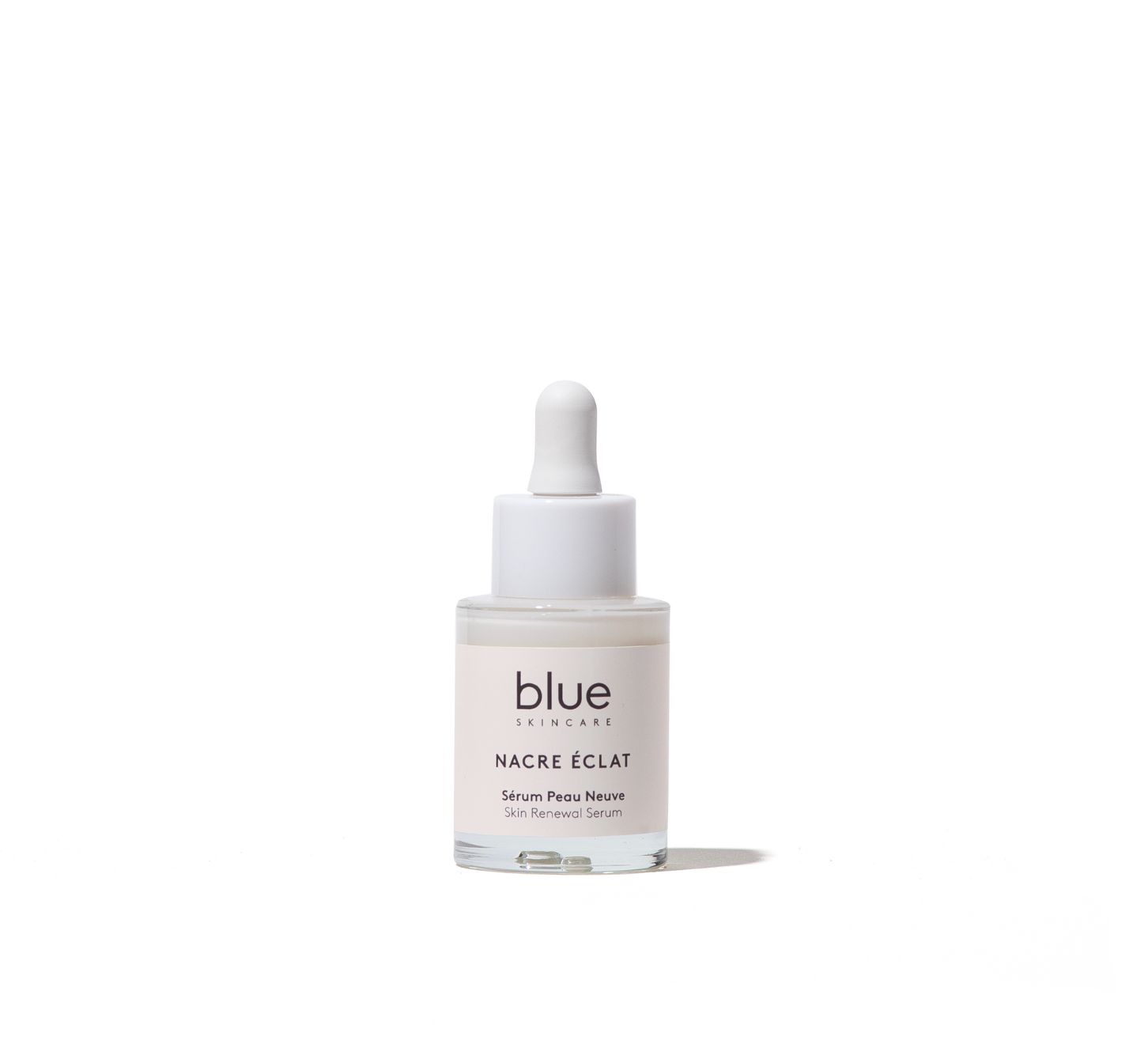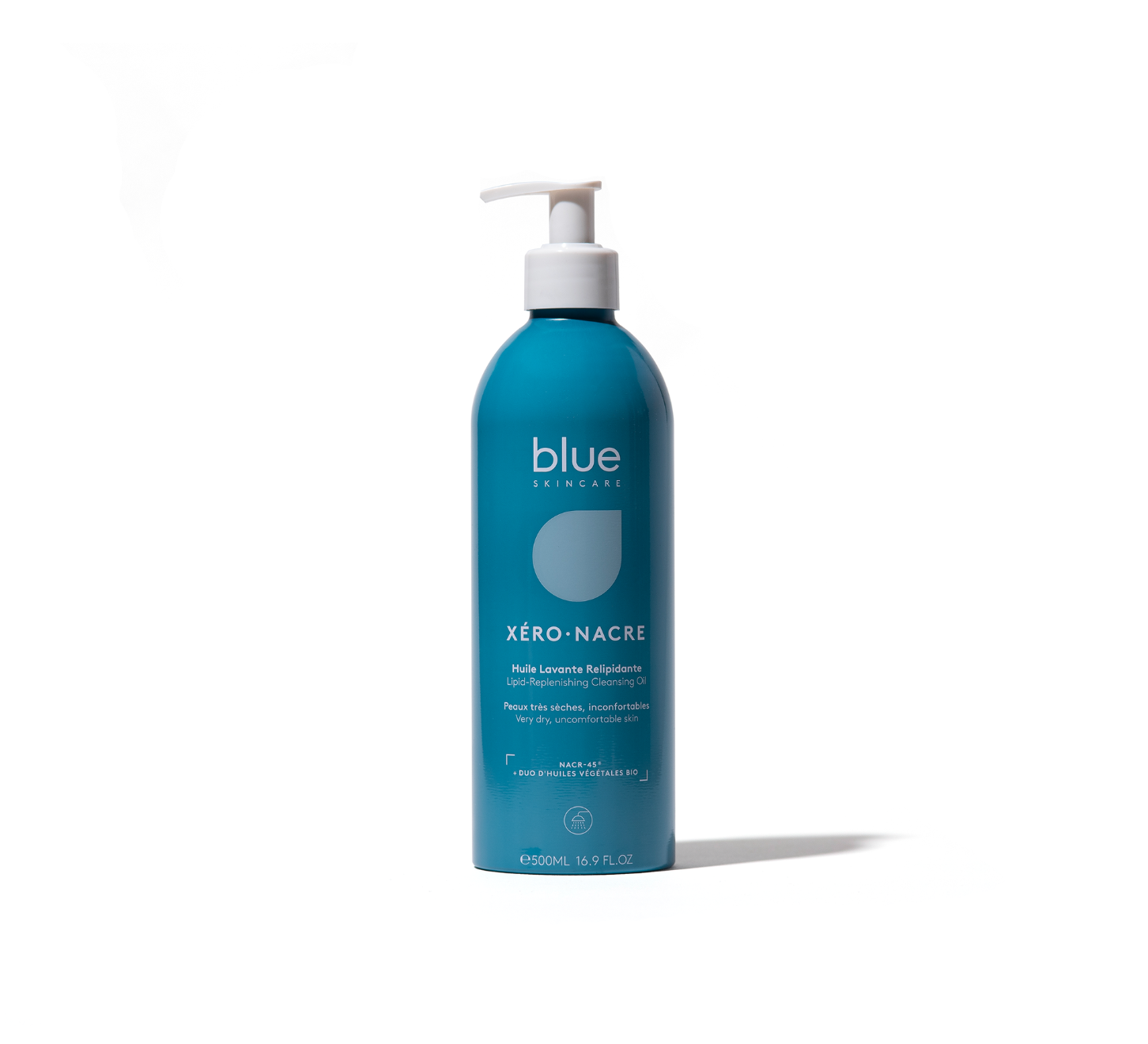Jusqu’encore récemment, acheter en seconde main c’était courir les friperies, fouiller les bacs de vêtements au kilo ou s’offrir une pièce vintage dans un dépôt vente un peu chic. Mais le phénomène a pris une autre ampleur en quelques années.
Acheter en seconde main devient la norme pour de plus en plus de consommateurs dégoûtés par la fast fashion et conscients des conséquences de cette surproduction vestimentaire. Cette transition écoresponsable, qui explique l’essor de nouvelles plateformes de vente, incite également de plus en plus d’acteurs -marques et distributeurs- à organiser leurs propres circuits, pour s’octroyer une part du gâteau.
Au-delà d’une motivation purement écologique
On pourrait croire que les dégâts écologiques (de la fast fashion) sont le seul moteur de ce mouvement seconde main. Curieusement, ce n’est pas l’unique explication du succès de ce nouveau marché.
La seconde main n’est plus connotée négativement
La sociologie de la consommation a profondément évolué. L’achat de vêtements de seconde main n’est plus connoté négativement comme un facteur social ou économique. L’achat de seconde main n’est plus du tout synonyme de mauvaise qualité ou de pièces bradées. C’est non seulement devenu un geste courant, mais un vrai acte militant dont on se sent fier et que l’on revendique.
Une prise de conscience écoresponsable

Les préoccupations grandissantes des consommateurs en matière d’écoresponsabilité – accentuées depuis le déclenchement de la crise sanitaire – favorisent la croissance de ce marché. Selon une étude conduite en 2020 par le cabinet Boston Consulting Group pour la plateforme Vestiaire Collective, 70 % du panel a indiqué se tourner vers la seconde main en raison de son caractère durable, contre 62 % en 2018. Et neuf consommateurs sur dix issus de la génération Z aiment l’idée d’acheter des vêtements d’occasion. Ces adeptes de la durabilité, conscients de leur rôle à jouer pour faire évoluer l’industrie de la mode sur le plan environnemental, se détournent de la fast fashion et de ses conséquences catastrophiques sur la planète pour se reporter sur le secteur de la mode de seconde main. C’est une alternative abordable et non-polluante, puisqu’elle est déjà produite. Ces adeptes sont conquis par le principe d’une mode circulaire, qui limite le gaspillage et prolonge la durée de vie d’un vêtement. Peu actifs à la revente, ils ne cherchent pas le prix bas, mais sont engagés sur de nombreuses plateformes.
De la considération économique au snobisme
Mais d’autres critères expliquent aussi l’achat d’occasion : l’aspect économique est évidemment un facteur déterminant. Les vêtements -souvent issus de la fast fashion – proposés à quelques euros permettent de se vêtir à moindre coût. Pour les plus jeunes, ce type d’achat qui leur permet de continuer à surconsommer sans se ruiner, ni culpabiliser. Ces consommateurs impulsifs et trendy, à la fois vendeurs et acheteurs, cèdent leurs vêtements pour pouvoir en acheter de nouveaux d’occasion.
À l’opposé, des consommateurs plus âgés, en quête d’articles à forte valeur ajoutée sont eux aussi conquis par la seconde main qui donne accès à des produits uniques et exclusifs.
Une volonté de singularité
Les « fashionistas » sont attirés par la singularité des pièces. La seconde main leur donne accès à des collections passées, d’autres époques (ainsi le revival des pièces disco ou des années 70), ou à des pièces uniques de créateurs. Certains y voient même un moyen de dénicher des vêtements qu’ils peuvent « upcycler » à leur gré, en composant leur look personnel.
La seconde main, un marché en plein essor
La communauté des clients de la seconde main ne fait qu’augmenter.
Des adeptes de plus en plus nombreux
En 2019, 25 % des shoppers internationaux ont acheté un article mode d’occasion, contre 24 % en 2018, ce qui représente environ 10 millions de nouveaux clients en un an pour la seconde main.
Selon FashionNetwork, 29 % des Français achètent en 2021 des vêtements ayant eu une première vie, contre 16 % en 2018.
Et l’étude conduite par le Boston Consulting Group auprès de 7 000 consommateurs dans six pays (États-Unis, France, Espagne, Italie, Allemagne et Royaume-Uni) révèle que 69 % des sondés se disent prêts à consommer davantage de pièces d’occasion à l’avenir. Ainsi, à horizon 2023, 27 % de la garde-robe des consommateurs qui pratiquent la seconde main sera composée d’articles ayant déjà eu une première vie, contre 21 % aujourd’hui.
Le cabinet BCG estime qu’en 2028, le marché de la seconde main dépassera, en volume, celui de la fast fashion. Évalué à l’heure actuelle entre 30 et 40 milliards de dollars (25 à 34 milliards d’euros) à l’échelle mondiale, soit 2 % du poids total du secteur mode et luxe, le marché mondial de la seconde main devrait croître de 15 à 20 % par an au cours des cinq prochaines années. En France, il pèse 1,16 milliards d’euros (chiffres Kantar).
Un phénomène que la crise sanitaire a doublement amplifié : le secteur mode de la société d’études Kantar a révélé qu’en 2020, pendant les confinements, 40 % des Français, on fait du tri dans leurs placards… Merci Marie Kondo !
L’effet Instagram

@zoelegervintage

@imparfaiteparis

@petitechineuse

@lapin.vintage
Sur Instagram, des modeuses spécialisées dans la seconde main affichent leurs dernières trouvailles en friperies. Derrière des comptes comme ceux de Zoé Léger Vintage, Imparfaite, Petite Chineuse ou encore Lapin Vintage, se cachent des vitrines digitales alléchantes remplies de pièces vintage ou de seconde main. Et vu le nombre grandissant de followers, on comprend qu’elles parviennent à attirer de plus en plus de réfractaires qui auraient autrement eu du mal à sauter le pas.
La belle histoire de la seconde main
Des vêtements chinés dans des vides greniers aux sites spécialisés en passant par les dépôts ventes et les plates-formes.
Du chiné aux plateformes digitales haut de gamme
Les aînées ont connu Guerrisold, la Ressourcerie, les vide greniers du dimanche et les dépôts vente de quartier. Une partie du plaisir de chiner était de fouiller, imaginer, nettoyer, repasser avant d’obtenir un vêtement correct.
Puis sont apparus fin des années 2000 les premières Marketplace digitales : eBay à l’international puis Le Bon Coin en France, puis en 2009 des sites de revente spécialisés dans la mode qui se sont imposés comme les leaders du secteur : Vestiaire Collective (initialement Vestiaire de Copines), Vide Dressing. Mais Vestiaire Collective comme Vide Dressing restent le pendant digital des dépôts vente haut de gamme. Seules les marques de luxe y sont acceptées et le site prend une commission conséquente liée à son service d’authentification, gage de sécurité pour l’acheteur et clé de son succès. De 1,5 millions d’inscrits en 2013, Vestiaire Collective est passé à 11 millions en Europe en 2021. Quant à eBay et Le Bon Coin, ils restent des sites très généralistes.
Le phénomène Vinted

Cette application bouscule le marché de l’habillement hexagonal depuis deux ans. En effet, c’est la première Marketplace avec un partage de fichier Peer to Peer (pair à pair) qui permet l’achat rapide et sécurisé d’articles seconde main, bas à moyen de gamme.
Créé en Ukraine en 2008 et arrivé en France en 2013, ce site communautaire doit son envol à une idée de génie. En 2016, l’actuel PDG Thomas Plantenga fait le pari de supprimer les frais de commission pour faciliter les transactions entre vendeurs et acquéreurs, la remplaçant par une « protection acheteur » de 5%. Son application rapide et facile à manier explique son succès auprès des millenials et leurs cadets. Vinted compte 30 millions d’utilisateurs en Europe dont 12,5 millions en France en 2020. C’était le 6e site e-commerce le plus visité de France au 2e trimestre 2020 (Fevad/Mediamétrie), pays qui représente actuellement près d’un tiers de son chiffre d’affaires. Ce phénomène impressionnant inquiète tous les acteurs du secteur.
Tout le monde s’y met
Alors que les plateformes sont devenues les canaux principaux de la revente de vêtements d’occasion en France, on observe un « effet boomerang ». Conscients que ce marché florissant pourrait leur échapper, les distributeurs du monde de la mode et les marques tentent depuis deux ans d’intégrer l’occasion à leur offre. L’année 2020 a marqué une véritable accélération dans les expérimentations autour de la seconde main, depuis l’hypermarché jusqu’au haut de gamme.
Les initiatives des distributeurs physiques et digitaux
L’an dernier, de nombreux distributeurs ont créé un onglet ou un rayon seconde main.
En décembre 2020, La Redoute a lancé son propre espace d’échange de produits d’occasion entre particuliers, nommé “La Reboucle” et accessible sur son portail ou appli. La plateforme mode Spartoo référence sur la Marketplace de son site français propose plusieurs milliers de vêtements d’occasion avec l’aide d’un prestataire spécialisé (Patatam). Cdiscount avait déjà lancé ce service, comme Zalando à l’international.
Et Auchan, Kiabi, Promod font partie des nombreux acteurs à avoir installé depuis un an des rayons de vêtements de seconde main dans leurs magasins. Là encore, les vêtements ne viennent pas forcément de leurs propres rayons à l’origine. Ils sont fournis par deux prestataires spécialistes de la collecte de seconde main. Pour arriver à un paradoxe : une robe Zara vendue chez Auchan pour 8 euros !
Les marques veulent reprendre la main
Les marques sont désormais conscientes de la « dilution » de leur image et du risque de voir leurs produits sur des sites ne leur convenant pas. La revente de leurs articles n’est le seul problème. Certaines marques françaises haut de gramme se sont donc lancées dans des initiatives de valorisation de la seconde main. Cyrillus a créé sa propre plateforme de revente, baptisée Seconde histoire. Petit Bateau a été un des pionniers en la matière avec une appli mise en ligne dès 2107.
A.P.C. récupère depuis 2012 en boutique ses jeans usés (contre une réduction de 50 % sur le prix d’un neuf), revendus après un lavage et un repassage soigneux.
Si la vente en seconde main est toujours envisagée comme un service, derrière cette volonté de circularité se cache souvent l’ambition -antagoniste- de générer de nouvelles ventes, en captant les sommes virtuellement échangées entre consommateurs. On l’a vu, les fruits des ventes peuvent être récupérés en cash ou en bon d’achat, abondé de 20 % chez Kiabi, de 25 % chez La Redoute, de 30 % pour Promod ou Maison 123. Mais 60 % des clients optent pour le bon d’achat.
Ba&sh a imaginé un système hyper malin pour fidéliser, authentifier et recruter, tout en gardant la main sur son image de marque. Ce système incite à revendre ses vêtements Ba&sh sur des plateformes de seconde main, en passant par le site de la marque. Les clients peuvent mettre en vente une pièce via un bouton dans leurs historiques de commandes qui génère un certificat d’identité numérique du vêtement en question. Une fois acheté par une autre personne, celle-ci peut retrouver l’historique du vêtement grâce à ce certificat unique. Le but est à la fois de garder ses clients dans son univers, et de recruter d’autres clients qui n’auraient pas acheté ces pièces neuves.
Le luxe entre dans la danse
Sur le créneau du luxe, Gucci et Stella McCartney se sont alliés au site américain The RealReal pour vendre leurs produits d’occasion, alors que le groupe LVMH a déclaré en décembre 2020 lors de sa « Climate Week » qu’il réfléchissait au sujet.
Quant au chausseur de luxe J.M.Weston, il vend ses propres modèles vintage depuis octobre 2019. Des clients peuvent rapporter contre un bon d’achat leurs chaussures fatiguées, qui retrouvent leur lustre dans les ateliers de Limoges. Depuis janvier 2020, les magasins parisiens des Champs-Elysées et de la rue Saint-Honoré, ainsi que celui de Tokyo, les mettent en vitrine, à moitié prix.
Une manière aussi de lutter contre la contrefaçon, un problème important lié à ce marché.
Louer, un autre modèle circulaire





L’autre modèle économique qui gagne du terrain auprès de la jeune génération est de partager et de louer des vêtements provenant du vestiaire d’autres particuliers. RenttheRunway a ouvert la voie en 2009, avec un système d’abonnement mensuel. Les premiers services étaient des offres avec un vestiaire central. Mais depuis, plusieurs applications de location de prêt-à-porter entre particuliers proposent cette nouvelle façon de consommer en augmentant la durée de vie des vêtements et en rendant les articles de luxe plus accessibles : By Rotation, Les Cachotières, mabonneamieparis, lafashionlib… Au lieu de vendre et d’acheter, la location permet de monétiser sa garde-robe ou d’essayer quelque chose de nouveau pour un temps donné.
Alors que l’on ne porte que 40 % de son dressing environ, il existe plusieurs moyens pour le valoriser en évitant le gâchis de la surconsommation. Revers de la médaille : cette mode circulaire est déjà devenue un vrai business sur lequel marques et distributeurs tentent de reprendre la main.
